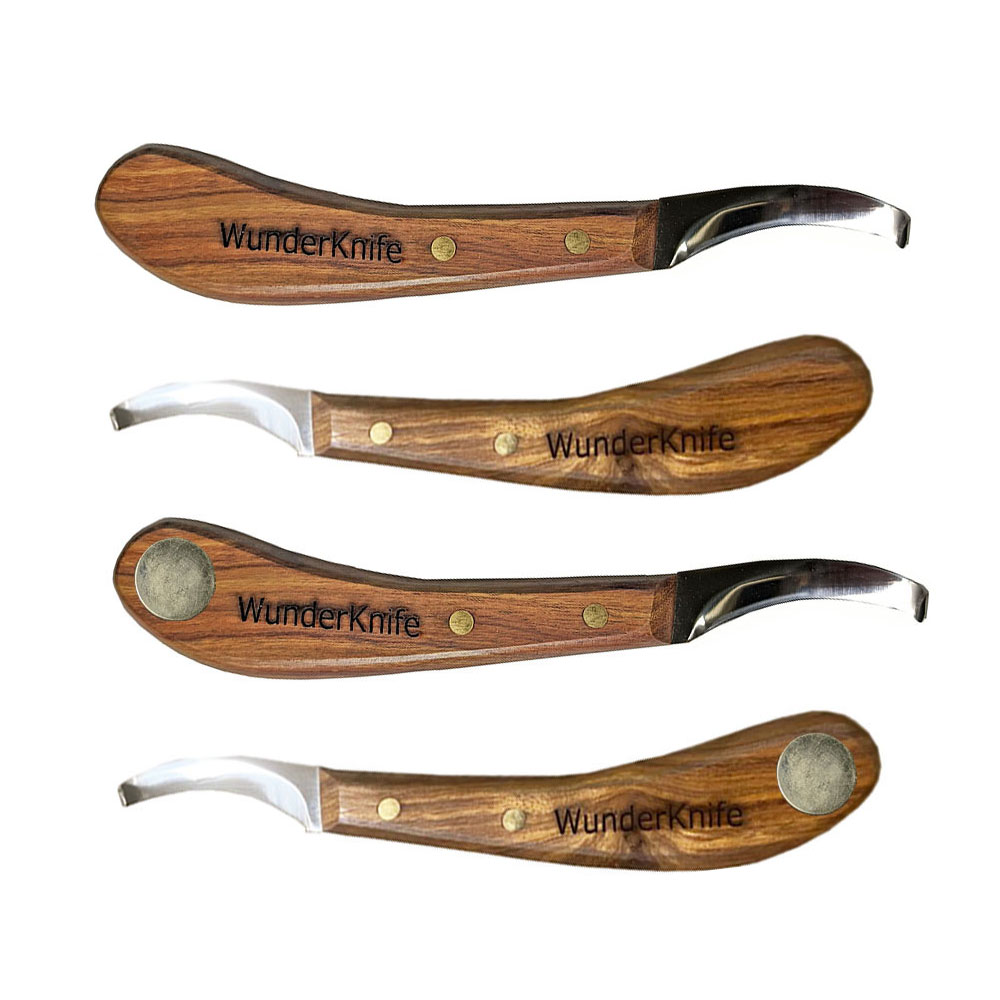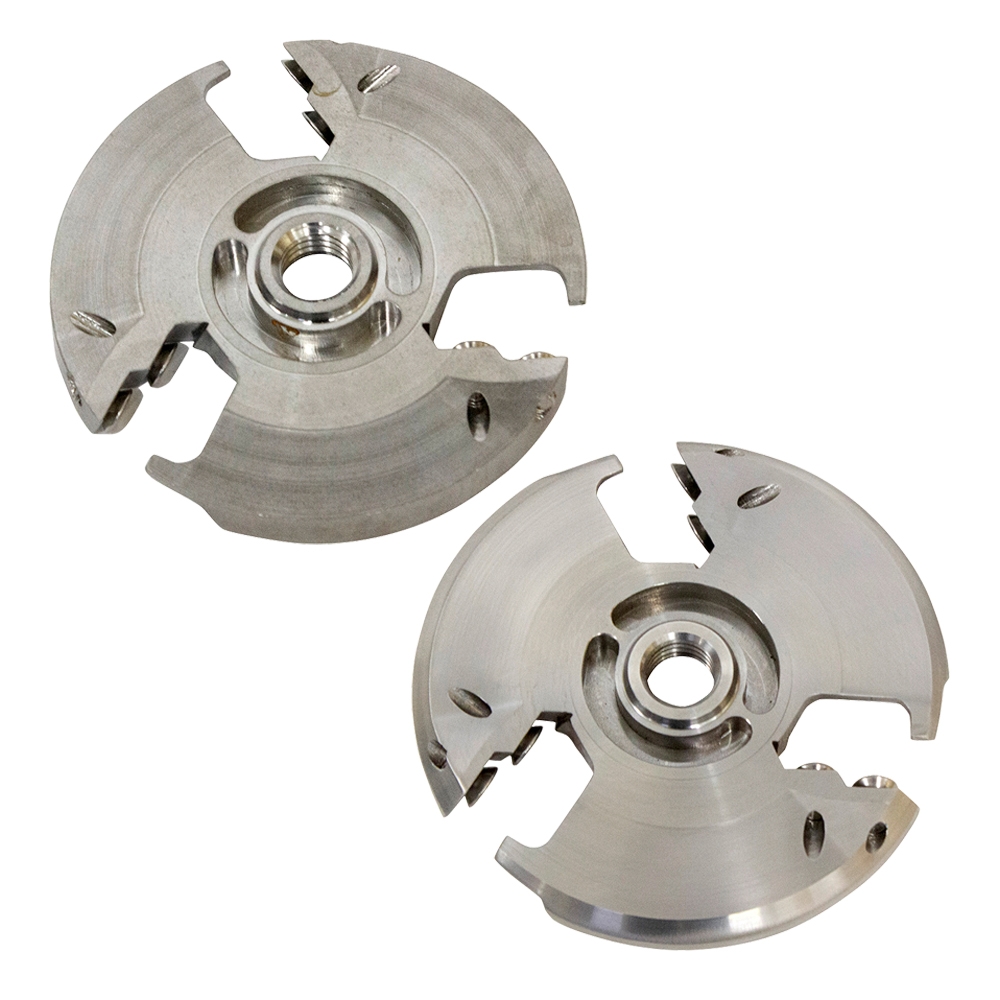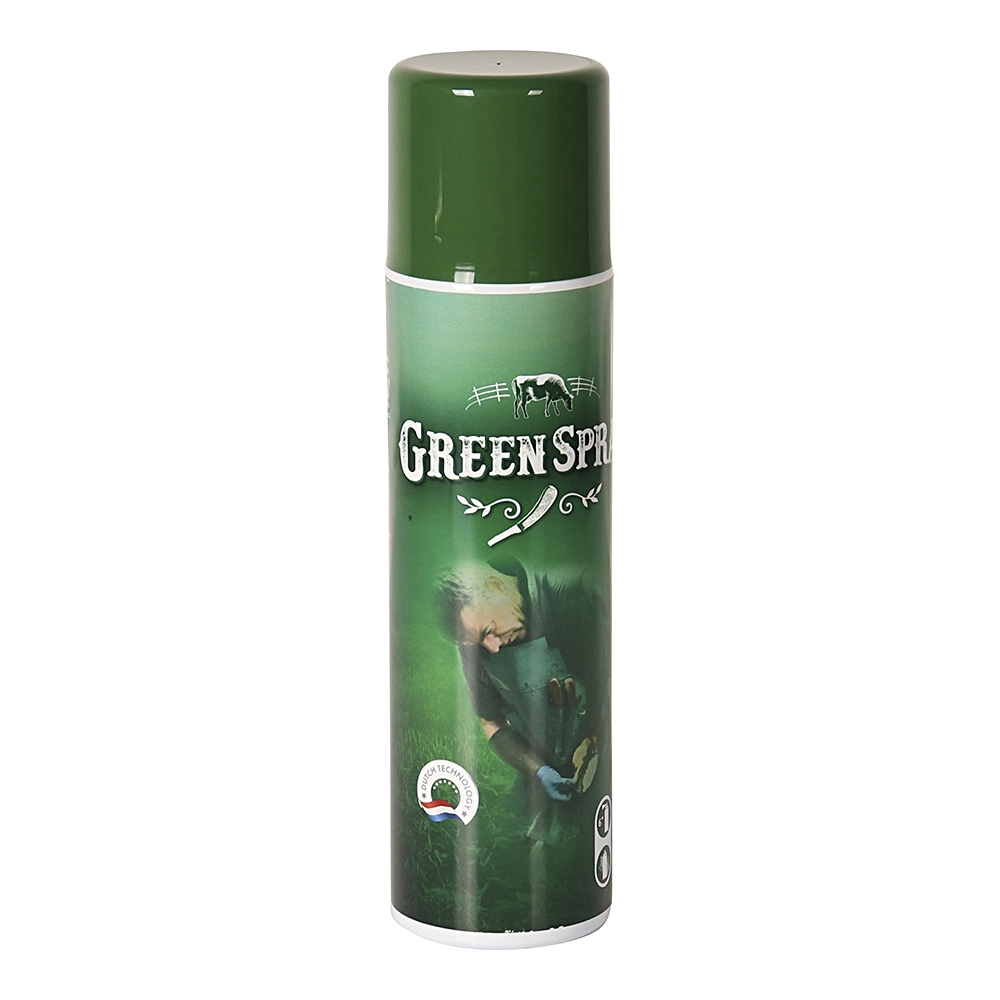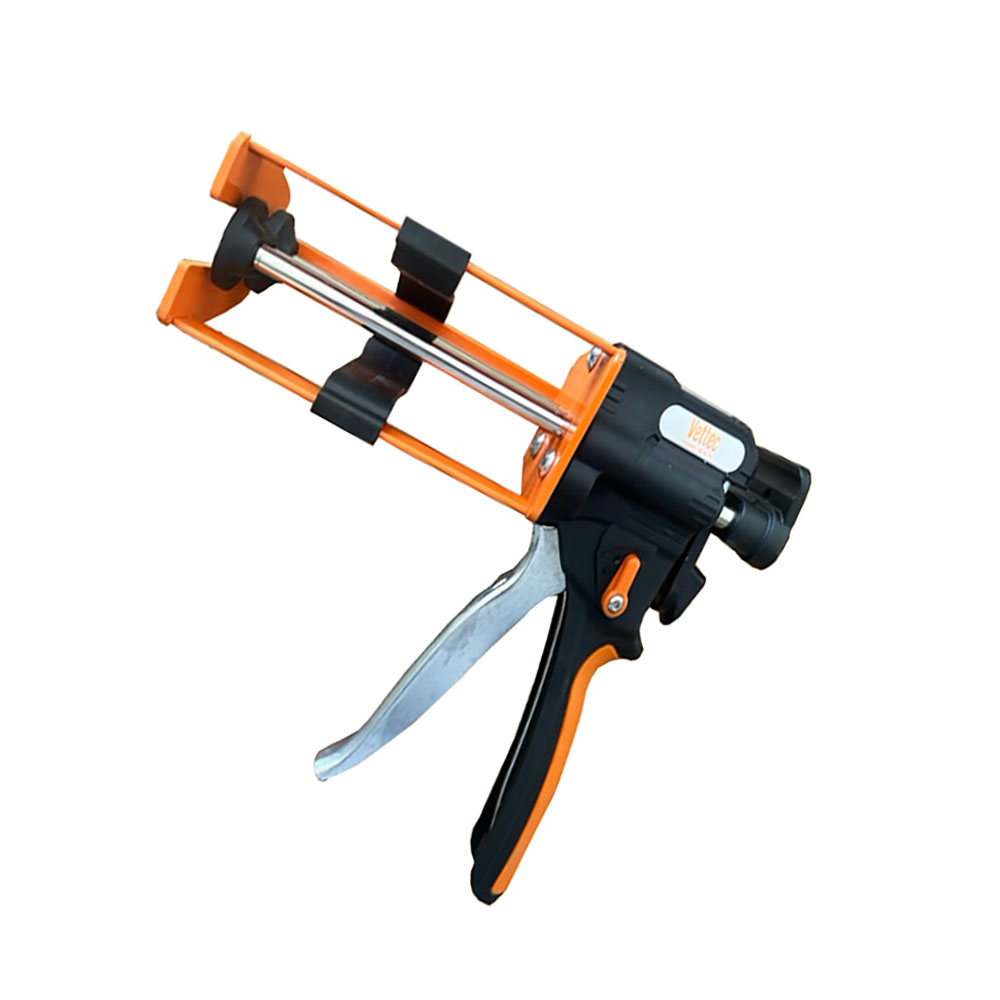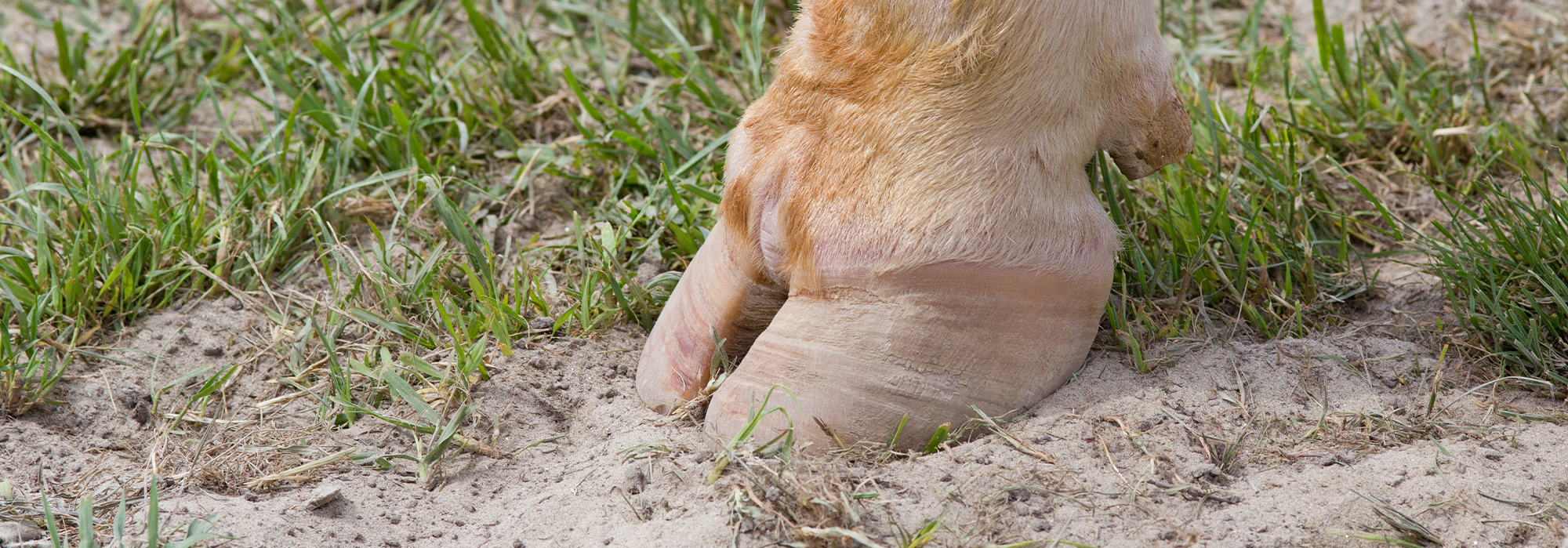
HOOF CARE TOOLS
The Importance of Hoof Trimming Tools
Why do animals need their hooves trimmed? Could you imagine never trimming your toenails? Yikes—that would be painful! True, we don’t wear them down by walking directly on them like horses and livestock walk on their hooves, but never trimming hooves can lead to overgrowth, lameness, and ultimately a drop in performance. Lameness in cows causes pain and stress, resulting in decreased milk production and culling. For dairy cattle, routine hoof care and trimming are essential to keep them performing their best and in the milking herd longer.
The purpose of hoof trimming is to return the hoof to the correct length, balance the weight distribution within the claws, and correct or treat claw lesions or other infections of the hoof. Properly trimmed hooves support normal wear and reduce infection cases. Most dairy producers leave the hoof trimming to the trained professionals—the hoof trimmer. Not only do hoof trimmers need to be savvy with a hoof knife, they also are experts in a variety of other tools to ensure a good, clean trim.
What are Hoof Trimming Tools?
Cattle hooves grow on average 2-inches per year. Most dairy herds are trimmed twice a year. Hoof trimmers use multiple tools to trim the toe, medial and lateral claw, slope the soles, inspect any suspicious hoof lesions, remove loose horn, and trim down hard ridges.
What Tools Are Used in Hoof Trimming?
- Trim Chute
- A low-stress chute is designed to safely secure the cow and restrains the hooves, preventing injury to the cow and trimmer.
- Personal Protective Equipment
- Safety glasses and gloves protect against dust and flying claw fragments/debris; also consider ear plugs to protect your ears.
- Hoof Check Tool
- A 5-point inspection of the claw and hoof serve as a guide for proper trimming.
- Watch the video here!
- Electric Wheel Grinder and Hoof Discs
- These tools remove excess claw horn and shape the hoof.
- Hoof Nipper
- The ideal tool to remove excess toe length.
- Hoof Knife
- Left and right-handed knives help shape between the claws and remove diseased tissue within the claw.
- Hoof Tester
- Assessing sole thickness and sole hardness helps locate sensitive areas during hoof trimming.
- Topical Treatments for Hooves
- Gels, sprays, and other treatments help relieve abscesses and digital dermatitis.
- Hoof Blocks
- Applying blocs to the healthy claw takes the pressure of the diseased claw; or they can be used to treat thin-soled hooves.
- Hoof Glue
- Multiple options allow you to choose the adhesive used to adhere the block to the hoof.
- Cohesive Bandages
- Wrapping treated feet helps ensure topical medication remains in contact with the lesion to help it heal properly.
How to Use Hoof Trimming Tools
Step 1—Assess and Trim Rear Hooves
For most herds the hoof should be approximately 3-inches in length measuring from the coronary band to the tip of the toe. While holding the hoof nippers perpendicular to the sole, trim excess toe to 3-1/4-inch in length. Avoid trimming claws which are already less than 3-1/4-inches because short claws already have thin soles.
Step 2—Measure Claws, Trim as Needed
Use a hoof check tool to continue your measurements of the foot to trim the inner claw and outside claw on the rear feet. Measure sole thickness where you just made your cut. Using a hoof knife or electric wheel grinder trim the sole flat to 1/4-inch thickness. Ensure 3-inches of weight-bearing surface and avoid trimming the inside heel portion.
Step 3—Test Sole Thickness
With a hoof tester apply pressure to assess sole thickness. If the sole is flexible when pressure is applied the sole is too thin.
Step 4—Sculpt the Hoof Sole
Model the slope of sole with the hoof knife, while using caution not to cut into the white line and keep the integrity of the toe triangle. This helps reduce manure build up between the claws and reduces pressure on the sole ulcers.
Step 5—Check for Wounds
Inspect the hoof for infection, lesions, or abscesses. Treat any lesion with topical hoof treatments and wrap. If the cow cannot bear weight on infected claw, apply a hoof block to relieve pressure on the diseased claw.
Step 6—Smooth Ridges
Remove loose horn in the heel area and round any ridges. Remove necrotic tissue.
Step 7—Repeat for Front Claws
Follow the same steps above for the front feet but starting with the outside claw first.
A proper trim prevents lameness or provides the opportunity to treat lameness. During maintenance trimming, avoid over-trimming, which can also lead to lameness.
See the hoof trimming process in action here!
Shop all hoof trimming tools here!
Get the best pricing through our Dairy & Hoof Sales Specialist!
Wendy Rahn (email)
920.392.6197 (Cell)

